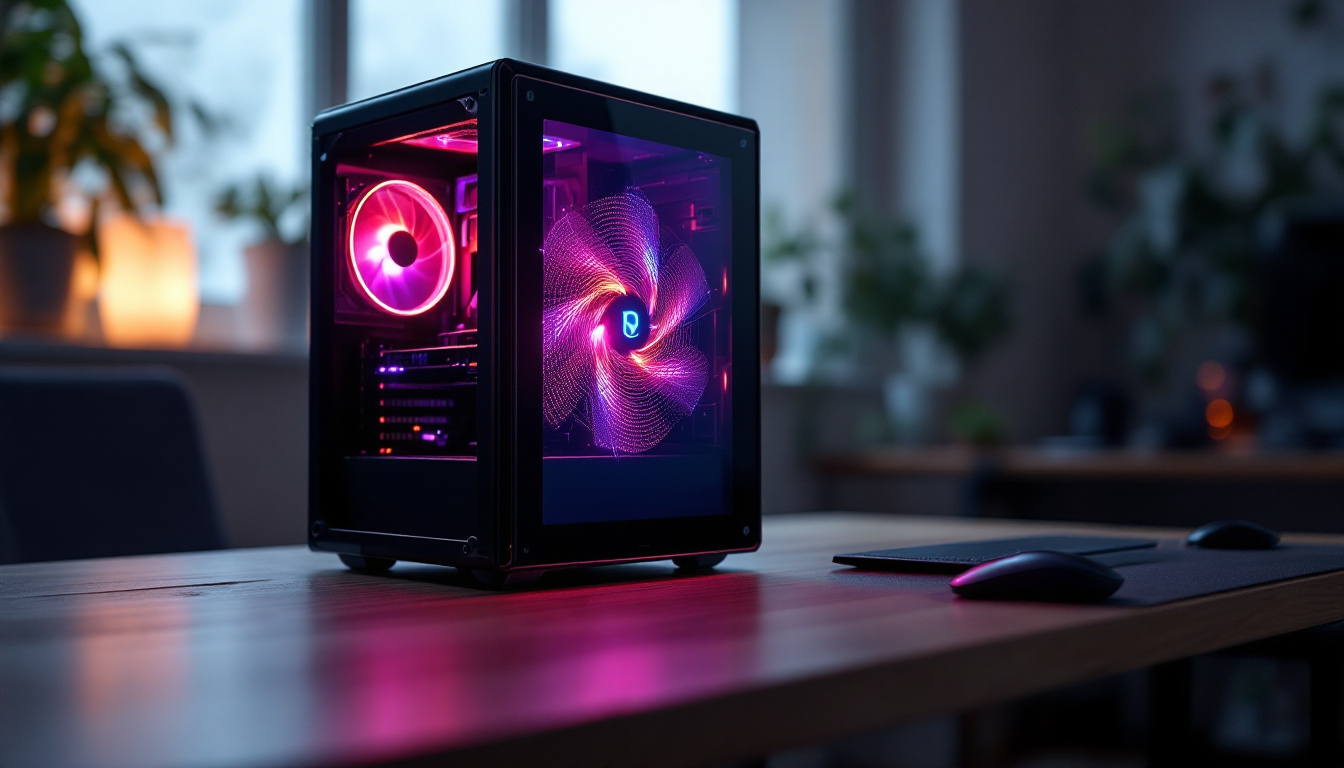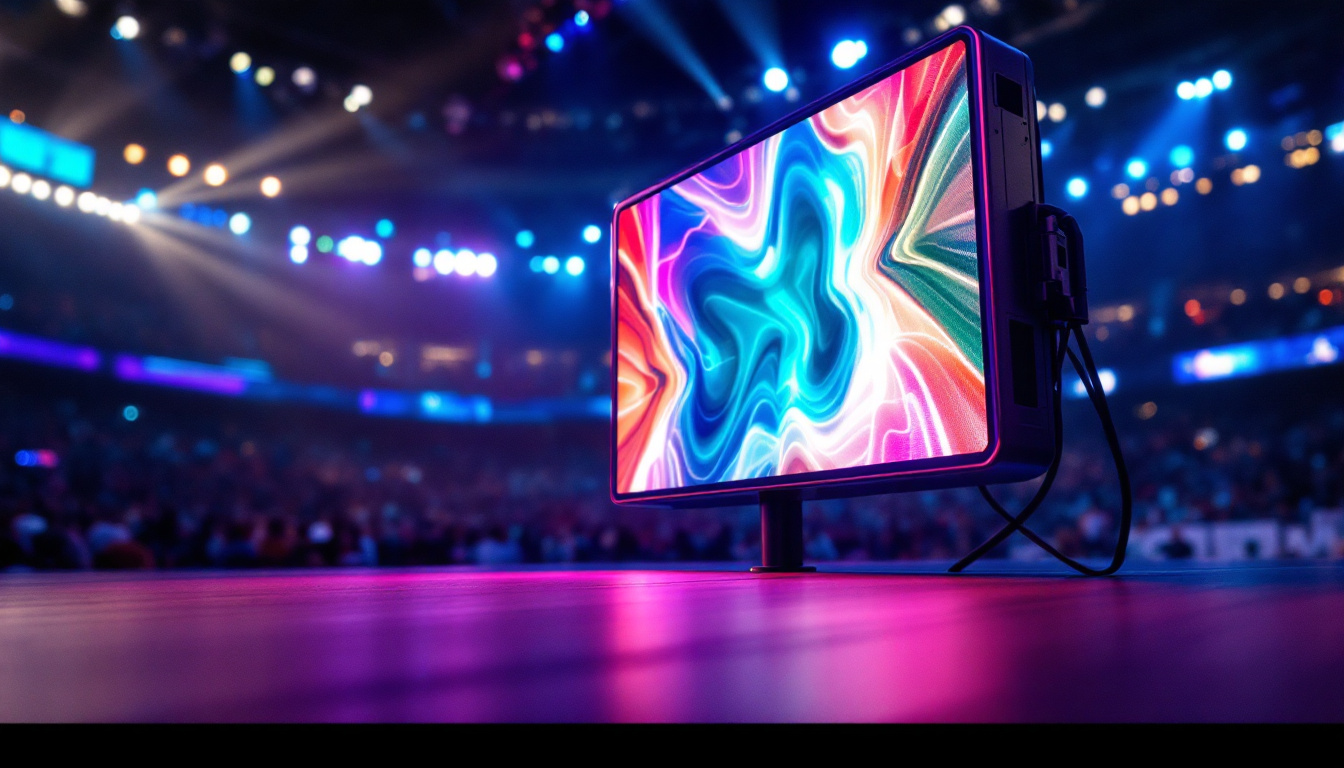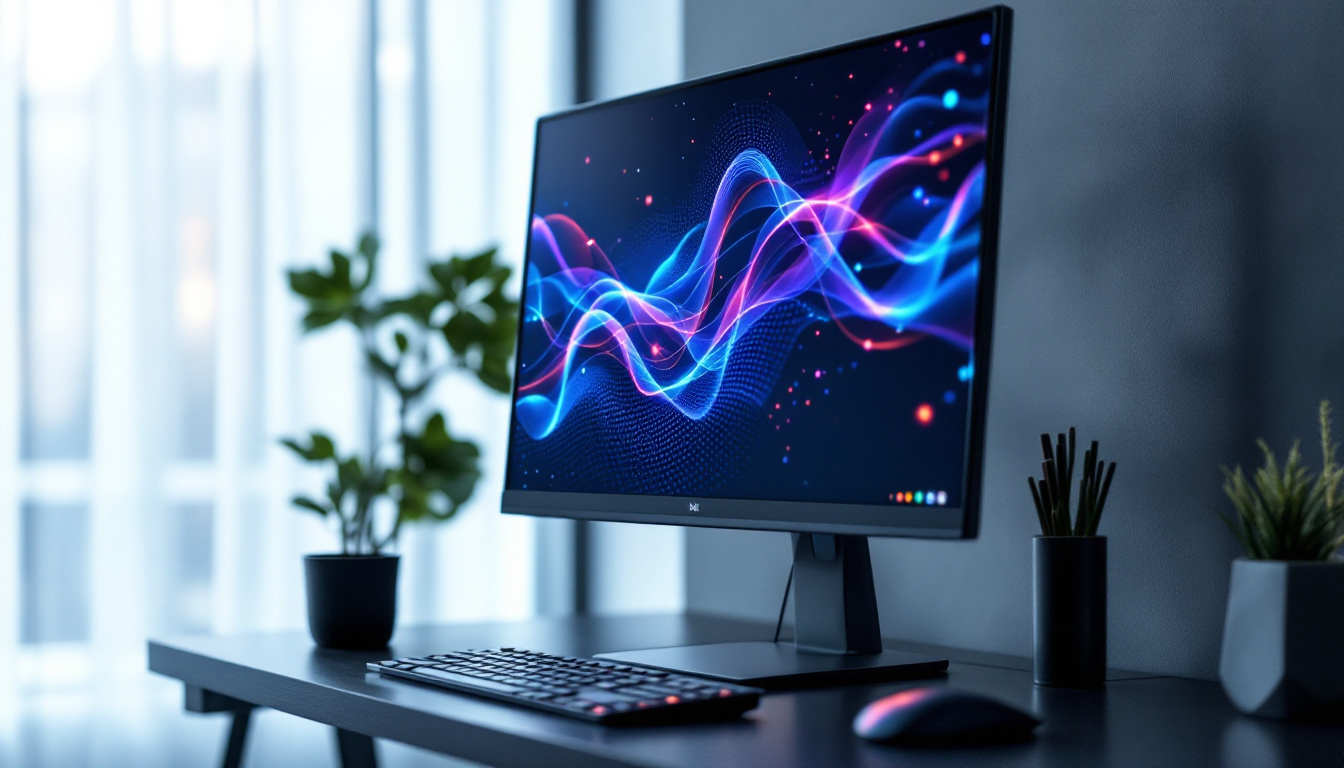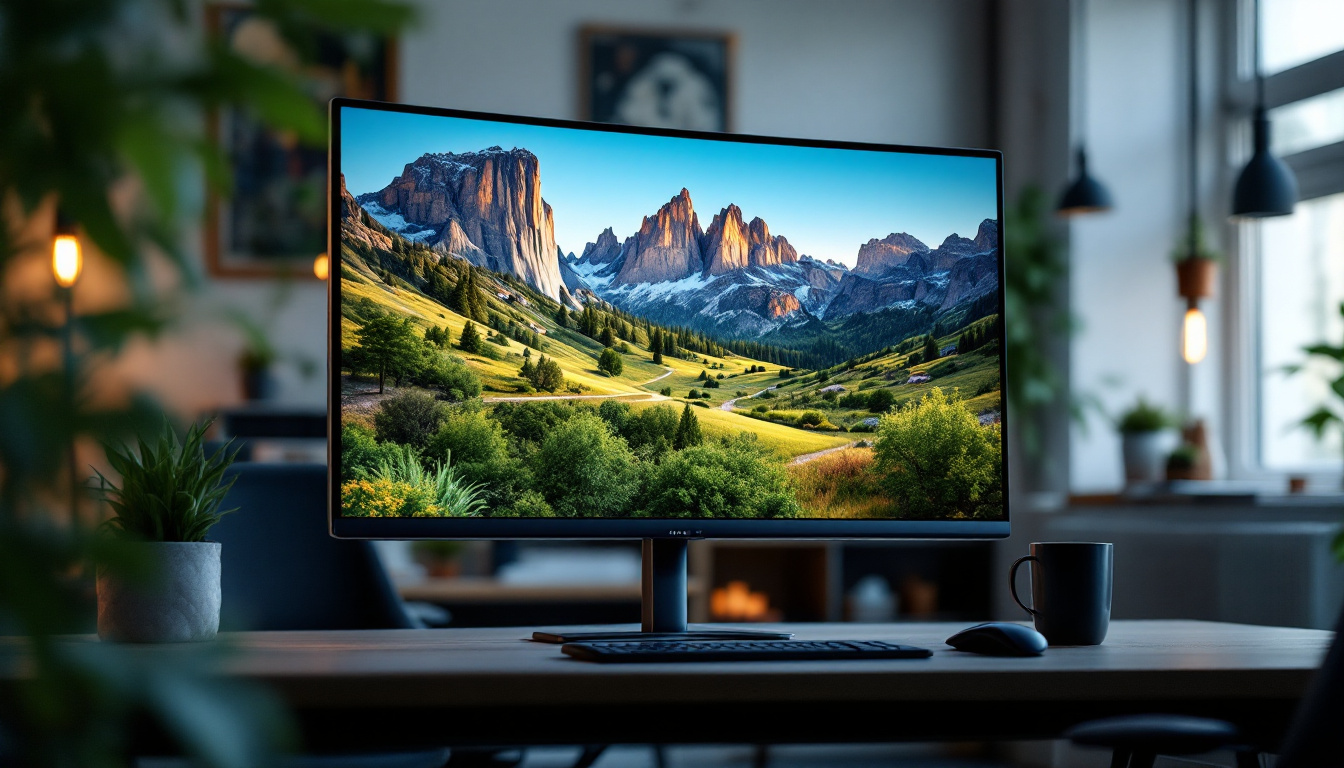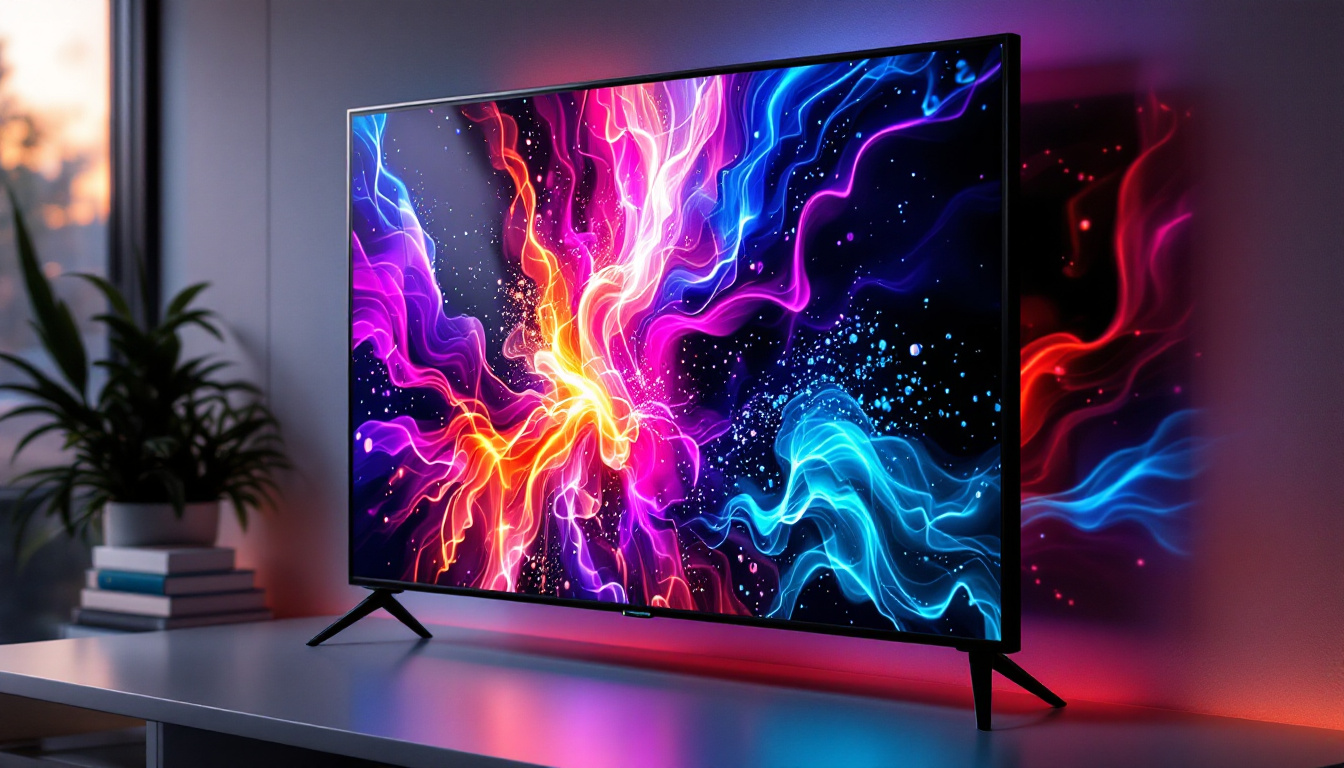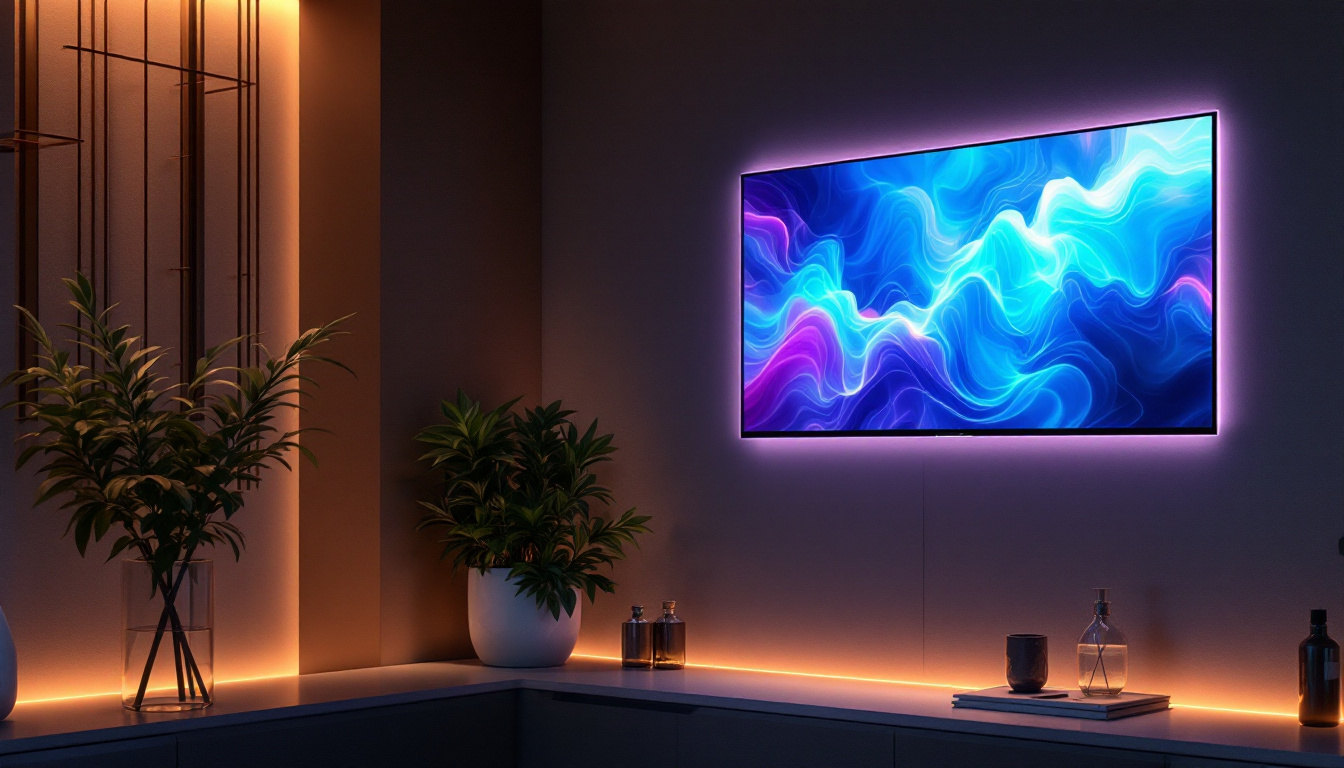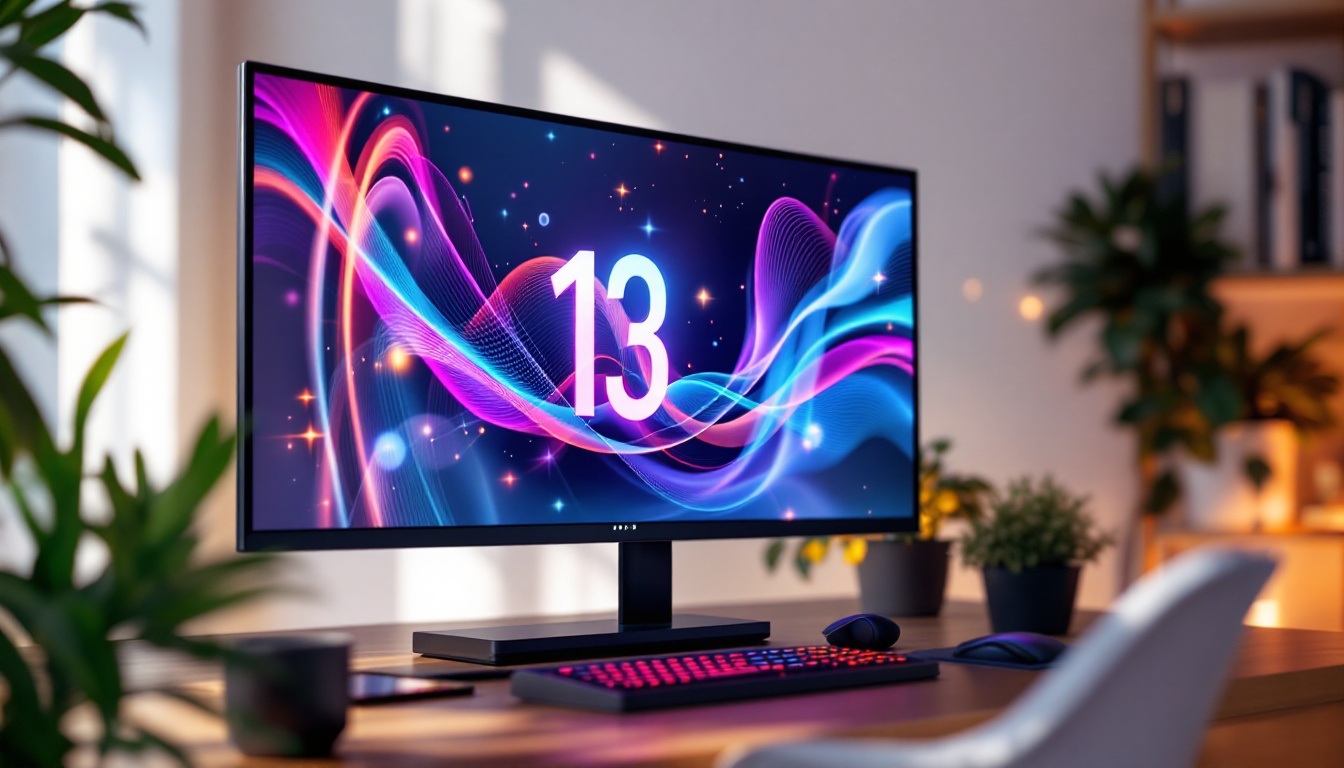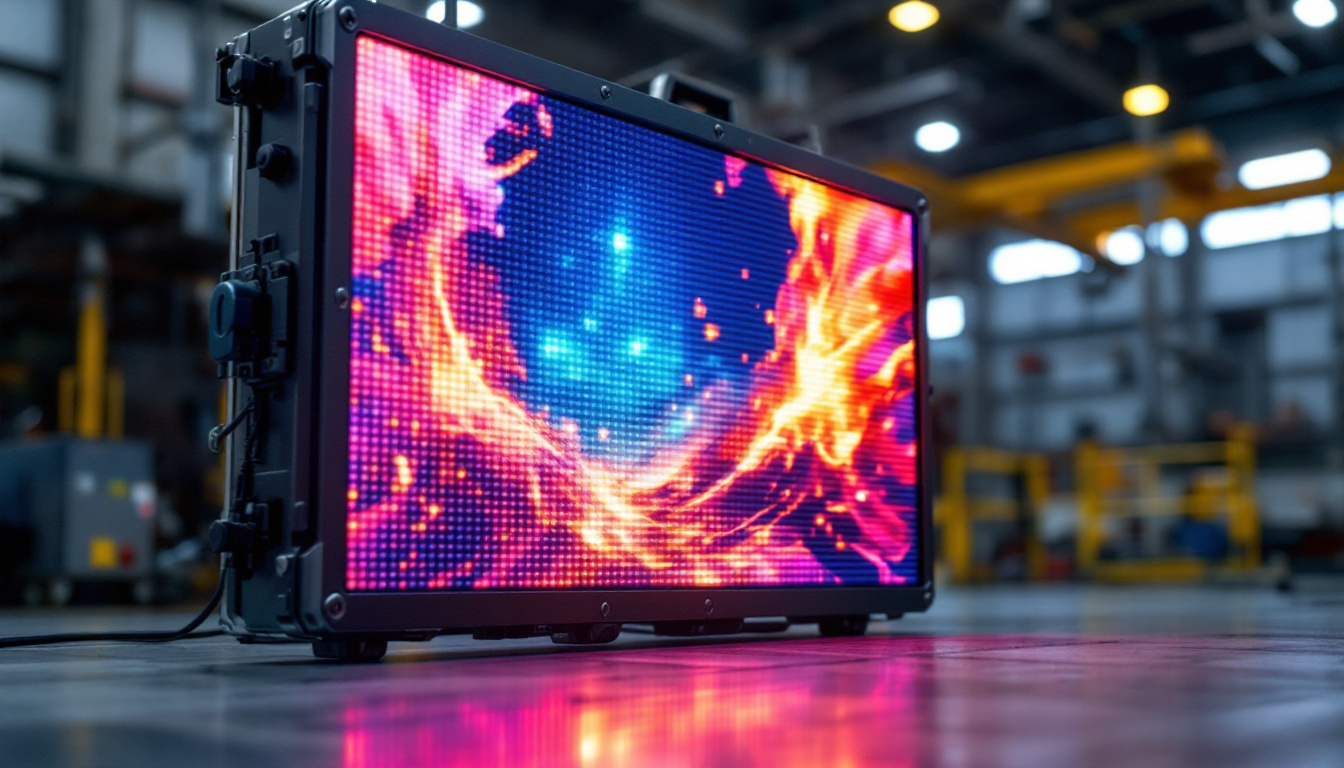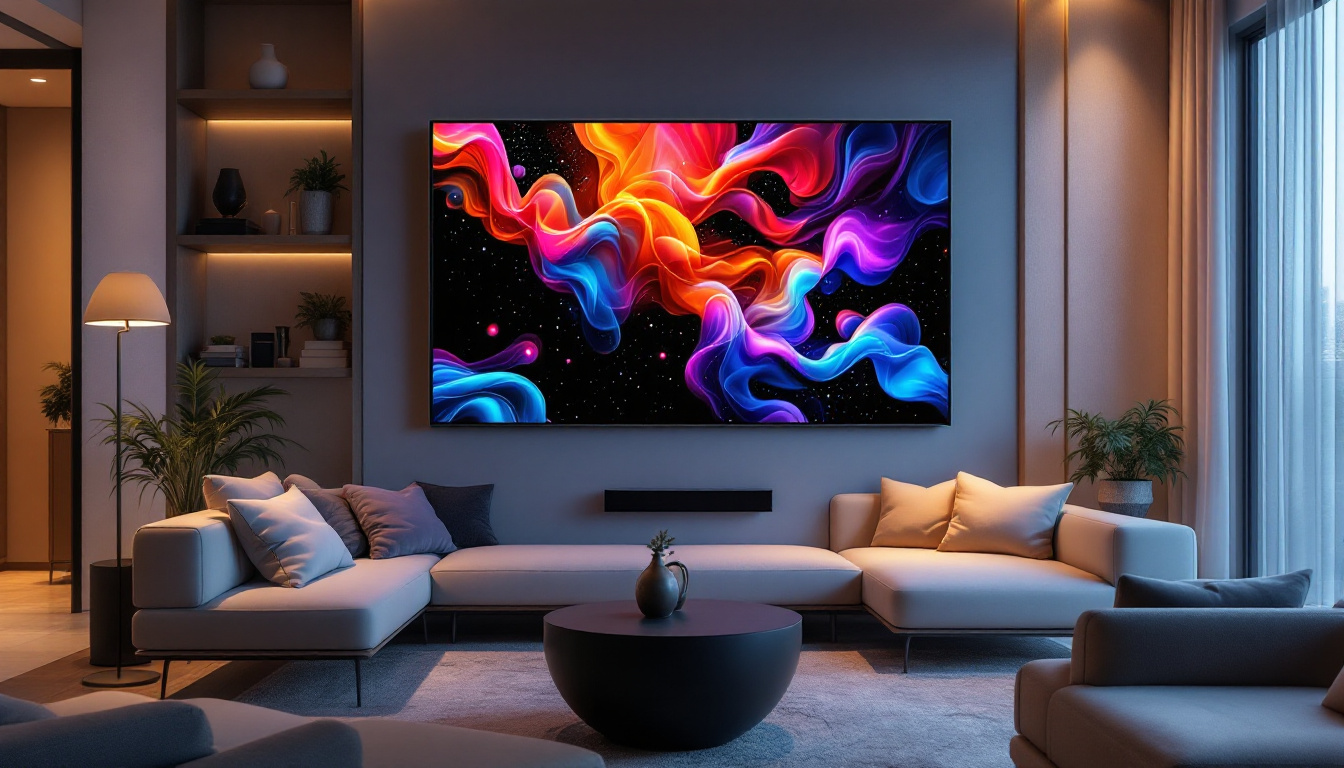Computer Case With LCD Screen: LED Display Explained
In the ever-evolving world of computer hardware, aesthetics and functionality often go hand in hand. Among the latest innovations are computer cases equipped with LCD screens. These cases not only serve as protective enclosures for computer components but also offer a unique way to display vital information and enhance the overall user experience. This article delves into the intricacies of computer cases with LCD screens, focusing on their features, benefits, and the technology behind LED displays.
Understanding LCD Technology in Computer Cases
Liquid Crystal Display (LCD) technology has transformed the way visual information is presented in various electronic devices. In the context of computer cases, LCD screens provide a platform for displaying system statistics, temperature readings, and even custom graphics. The integration of LCD technology into computer cases is a relatively recent trend, driven by the demand for more interactive and visually appealing setups. As gaming and high-performance computing continue to evolve, the need for real-time monitoring of system parameters has become crucial for enthusiasts and professionals alike. This has led to the development of sophisticated software that can interface with these displays, allowing users to customize what information is shown based on their specific needs.
How LCD Screens Work
LCD screens operate by manipulating light through liquid crystals. These crystals are sandwiched between two layers of glass or plastic, and when an electric current passes through, they align to allow varying degrees of light to pass through. This process creates images and text on the screen. In computer cases, LCD screens can display a range of information, from CPU temperatures to fan speeds, providing users with real-time data about their system’s performance. Moreover, advanced LCD setups can also integrate RGB lighting effects, allowing users to synchronize their display with other components for a cohesive aesthetic. This not only enhances the visual appeal of the setup but also makes it easier to identify potential issues, such as overheating, at a glance.
Types of LCD Displays
There are several types of LCD displays used in computer cases, each with its own advantages and drawbacks. The most common types include:
- Twisted Nematic (TN): Known for fast response times and low production costs, TN panels are often used in budget-friendly models. However, they typically have poorer color reproduction and viewing angles.
- In-Plane Switching (IPS): IPS panels offer superior color accuracy and wider viewing angles, making them ideal for users who prioritize visual fidelity. They tend to be more expensive than TN panels.
- Vertical Alignment (VA): VA panels strike a balance between TN and IPS, offering good contrast and decent color reproduction. They are often used in mid-range models.
In addition to these common types, some manufacturers are now exploring hybrid technologies that combine elements from different panel types to create displays that maximize the strengths of each. For instance, some newer models may incorporate features from both IPS and VA technologies to enhance color depth while maintaining fast response times. This innovation is particularly appealing to gamers and content creators who require both speed and visual quality. Furthermore, the rise of ultra-thin and flexible LCD panels is paving the way for even more creative applications in computer case design, allowing for unique shapes and sizes that were previously unimaginable.
Benefits of LCD Screens in Computer Cases
The integration of LCD screens in computer cases brings several benefits that enhance both functionality and aesthetics. These advantages make them an appealing choice for gamers, content creators, and tech enthusiasts alike.
Real-Time Monitoring
One of the primary advantages of having an LCD screen in a computer case is the ability to monitor system performance in real time. Users can keep track of critical metrics such as CPU and GPU temperatures, fan speeds, and system load without needing to rely on software applications. This immediate access to information can help users make informed decisions about system performance and cooling requirements.
Customizable Displays
Many LCD-equipped computer cases allow for customization of the display. Users can choose what information to show, from system stats to personalized graphics. This level of customization not only enhances the user experience but also allows for a unique aesthetic that reflects individual preferences. Some cases even support dynamic displays that change based on system performance or user-defined settings.
Aesthetic Appeal
In addition to functionality, LCD screens add a modern touch to computer cases. The visual appeal of a vibrant display can elevate the overall look of a gaming rig or workstation. Many users enjoy showcasing their builds, and an LCD screen can serve as a focal point that draws attention. With customizable graphics and animations, the aesthetic possibilities are virtually limitless.
Choosing the Right Computer Case with LCD Screen
When it comes to selecting a computer case with an LCD screen, several factors should be considered. These factors can significantly impact the overall user experience and satisfaction with the product.
Size and Compatibility
Before making a purchase, it is crucial to ensure that the computer case is compatible with the components that will be housed inside it. This includes checking the size of the case, which should accommodate the motherboard, GPU, and cooling solutions. Additionally, the placement of the LCD screen should be considered, as it should be easily visible and accessible.
Quality of the LCD Screen
The quality of the LCD screen itself is another important factor. Users should look for cases that feature high-resolution displays with good color reproduction and viewing angles. The brightness and contrast ratios are also essential, particularly for those who may use their systems in various lighting conditions.
Cooling Solutions
Effective cooling is critical for maintaining optimal system performance. When selecting a case with an LCD screen, consider how the design impacts airflow and cooling capabilities. Some cases are designed with additional fans or ventilation options, which can help prevent overheating and ensure that components operate efficiently.
Installation and Setup
Installing a computer case with an LCD screen involves several steps, and while it may seem daunting, a systematic approach can simplify the process. Proper setup ensures that the LCD functions correctly and that the overall system operates smoothly.
Preparing the Components
Before installation, gather all necessary components, including the motherboard, CPU, GPU, power supply, and storage devices. It is also advisable to have tools such as screwdrivers and cable ties on hand. Ensuring that all components are compatible with the chosen case is essential for a successful setup.
Mounting the Motherboard
The first step in the installation process typically involves mounting the motherboard inside the case. This requires aligning the motherboard with the standoffs in the case and securing it with screws. Care should be taken to avoid overtightening, which can damage the motherboard. Once the motherboard is in place, the CPU and RAM can be installed.
Connecting the LCD Screen
After the motherboard is secured, the next step is to connect the LCD screen. This usually involves plugging in a cable from the screen to a designated header on the motherboard or connecting it to a USB port. Depending on the case, additional software may be required to configure the display settings. Following the manufacturer’s instructions carefully is crucial to ensure proper functionality.
Common Issues and Troubleshooting
Despite the advanced technology behind LCD screens, users may encounter issues during installation or operation. Understanding common problems and their solutions can help in maintaining a smooth experience.
Display Not Turning On
If the LCD screen does not power on after installation, the first step is to check all connections. Ensure that the power cable is securely connected and that any necessary drivers or software are installed. If the issue persists, consulting the manufacturer’s support resources can provide additional troubleshooting steps.
Incorrect Readings
Sometimes, users may notice that the information displayed on the LCD screen is inaccurate. This can occur due to incorrect settings or software conflicts. Checking the configuration settings and ensuring that the latest software updates are installed can often resolve these discrepancies.
Physical Damage
LCD screens can be susceptible to physical damage, such as cracks or scratches. To prevent this, handle the case carefully during installation and avoid placing heavy objects on top of it. If damage does occur, replacement screens may be available from the manufacturer or third-party suppliers.
The Future of LCD Screens in Computer Cases
The integration of LCD screens in computer cases is just the beginning of a broader trend toward more interactive and visually appealing hardware. As technology advances, it is likely that we will see even more innovative uses for displays in computer cases.
Enhanced Interactivity
Future developments may include touch-sensitive LCD screens that allow users to interact directly with the display. This could enable users to adjust settings, monitor performance, and customize graphics with greater ease. Enhanced interactivity would significantly improve the user experience and make system management more intuitive.
Integration with Smart Technologies
As smart home technologies become more prevalent, the integration of computer cases with LCD screens into broader smart ecosystems is a possibility. Imagine a scenario where a computer case can communicate with smart home devices, providing real-time updates on system performance while also controlling other smart devices within the home.
Improved Energy Efficiency
Future LCD screens may also focus on energy efficiency, utilizing advanced technology to reduce power consumption while maintaining high-quality displays. This would not only benefit users by lowering energy costs but also contribute to a more sustainable approach to technology.
Conclusion
Computer cases with LCD screens represent a fascinating intersection of technology and design. They offer users a unique way to monitor system performance, customize aesthetics, and enhance their overall computing experience. As technology continues to evolve, the possibilities for LCD screens in computer cases are bound to expand, paving the way for more innovative and interactive hardware solutions. For anyone looking to build or upgrade their computer, considering a case with an LCD screen could be a step toward a more engaging and visually appealing setup.
Discover the Future of Visual Display with LumenMatrix
As you consider the dynamic capabilities and aesthetic potential of incorporating an LCD screen into your computer case, take your vision one step further with LumenMatrix. Specializing in the most innovative LED display technology, LumenMatrix offers a wide array of solutions that can transform your environment and captivate any audience. From Indoor and Outdoor LED Wall Displays to Custom and Transparent LED solutions, our mission is to enhance your engagement and communication with vivid clarity. Ready to elevate your visual experience? Check out LumenMatrix LED Display Solutions and join the revolution in digital signage and display technology.

